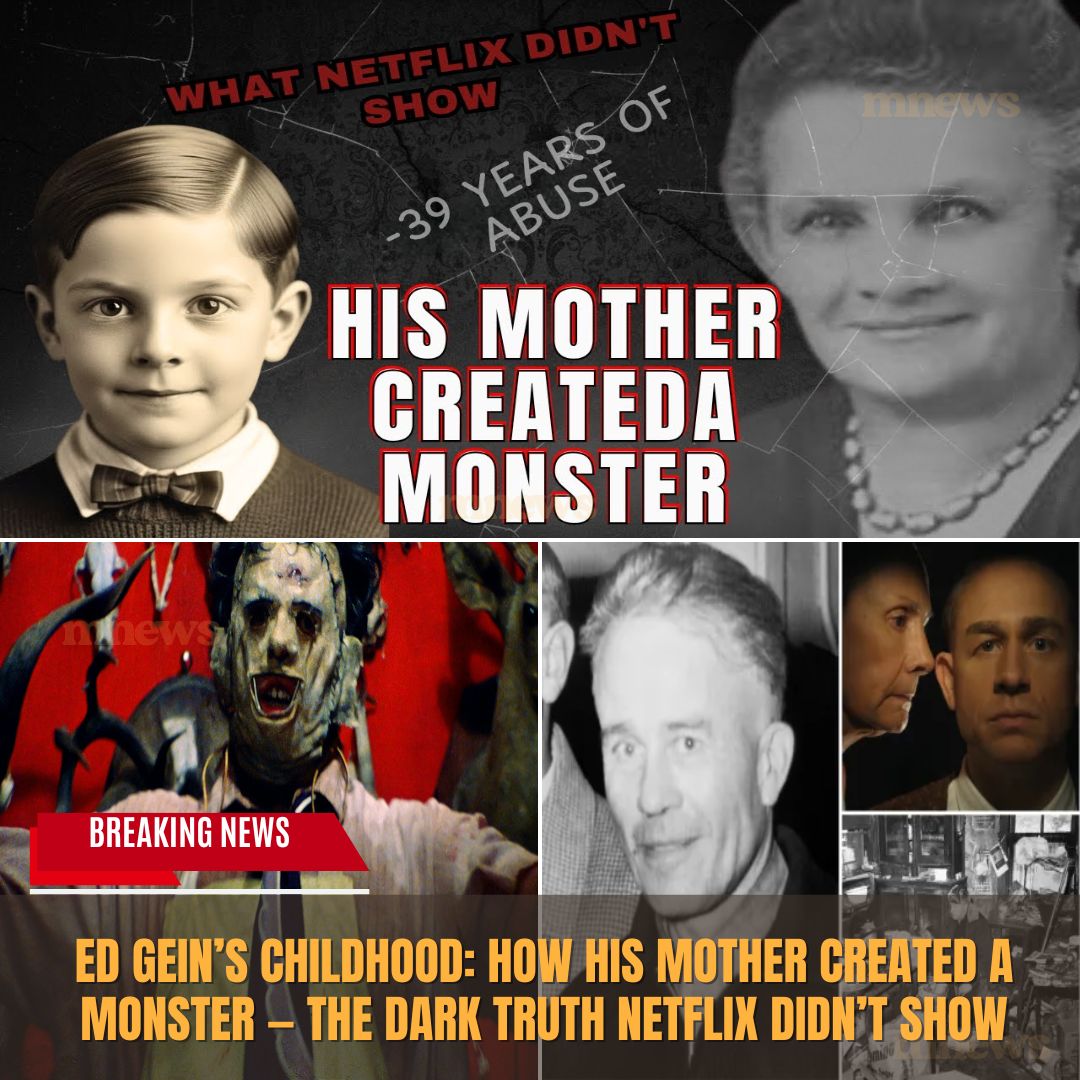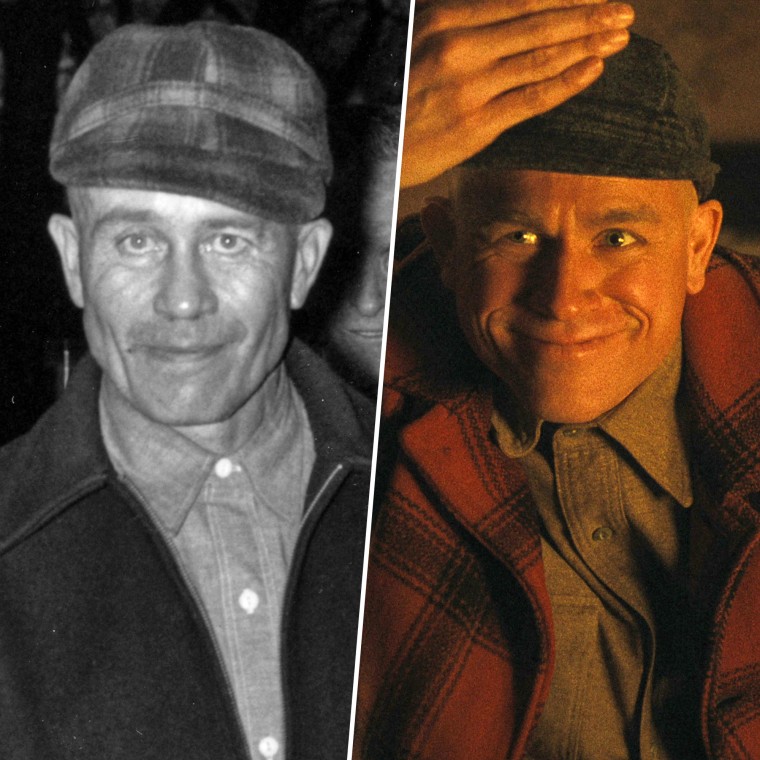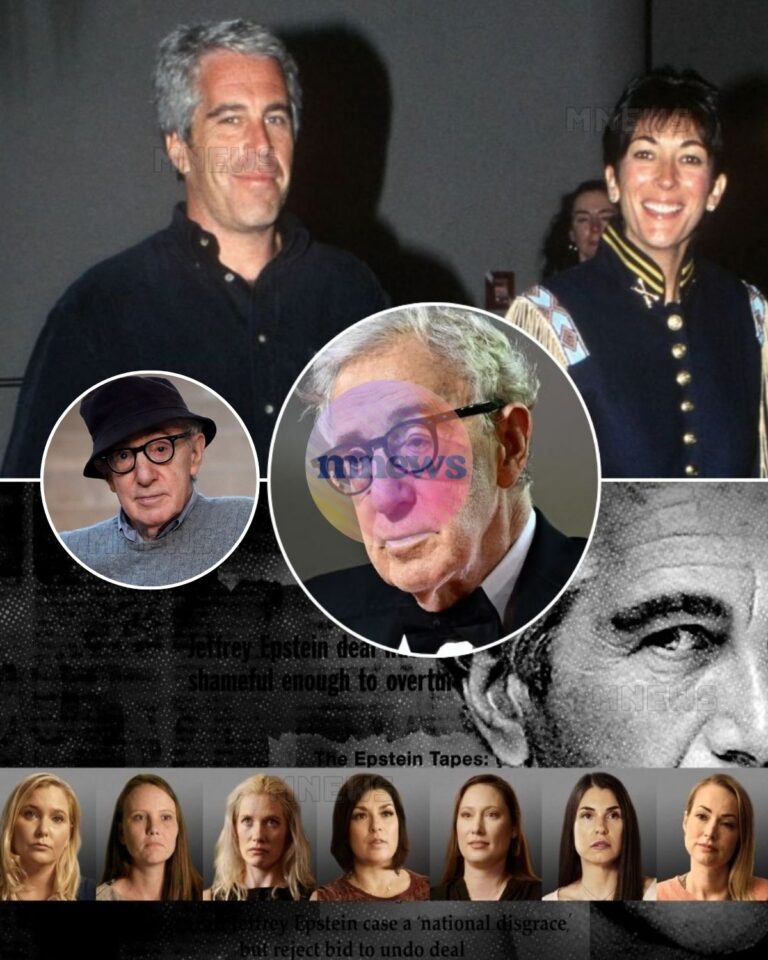In a chilling exploration of the origins of one of America’s most notorious killers, Ed Gein, experts reveal that the roots of his gruesome actions can be traced back to a childhood steeped in psychological torment at the hands of his mother, Augusta Gein. While Netflix’s recent series “Monster” dramatizes the horror of Gein’s crimes, it glosses over the foundational trauma that shaped him into the monster he became.

Gein, who haunted rural Wisconsin in the 1950s, was arrested in 1957 after the disappearance of two women, Mary Hogan and Bernice Warden. When police searched his farmhouse, they stumbled upon a nightmarish collection of human remains—furniture made of skin, masks fashioned from faces, and other macabre artifacts that shocked a nation. Yet, the question that lingers in the minds of psychologists and the public alike is how a seemingly gentle boy morphed into a killer capable of such horrors.

The answer lies in Augusta Gein, a devoutly religious woman whose extreme beliefs and abusive control created a toxic environment for her sons. From a young age, Ed was subjected to relentless indoctrination that painted women as sinful and dangerous. Augusta’s teachings were not merely strict; they were a systematic dismantling of Ed’s ability to form healthy relationships. She isolated him on their remote farm, preventing him from making friends and instilling in him a deep-seated fear of women.

Ed’s life was a prison of psychological abuse. He was forced to share a bedroom with his mother into his adulthood, a suffocating arrangement that stunted his emotional growth and left him wholly dependent on her. Augusta wielded her control like a weapon, enforcing her beliefs with a fervor that left Ed with no sense of self. As he grew older, he became increasingly isolated, his only interactions dictated by Augusta’s warped worldview.
When Augusta died in 1945, Ed’s world crumbled. For the first time, he was left alone, without the voice that had defined his existence. The trauma of losing the only figure in his life led him down a dark path, where he sought to resurrect her through the bodies of women who resembled her. His murders were not acts of violence in the traditional sense; they were desperate attempts to reclaim the twisted love he had for his mother.
As experts analyze Gein’s case, they highlight the importance of recognizing the signs of childhood trauma and the long-lasting impact of parental abuse. The psychological scars inflicted by Augusta Gein were not visible but were devastatingly real, leading to Ed’s eventual breakdown and the horrific crimes that followed.
This tragic story serves as a stark reminder of the consequences of unchecked abuse and isolation. It raises critical questions about accountability and the societal responsibility to protect children from environments that foster such deep psychological wounds. As we reflect on Ed Gein’s life, it becomes clear that he was not born a monster but rather shaped into one by the very person who was supposed to nurture him.

In a world where childhood trauma can create devastating outcomes, Ed Gein’s story underscores the urgent need for intervention and awareness. It is not just a cautionary tale about a killer; it is a call to action to ensure that no child endures the same fate.






